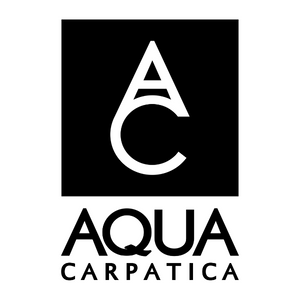It features a beautifully detailed drawing. Having tasted the wine with the winemaker and one of the owning family’s daughters, I can appreciate the quirky details: why Napoleon Bonaparte is riding through the vineyard on a white horse… towards a motorbike from the 1960s, a classic car and a large family home.

The villa, vineyards and winery at Bulichella, between the hills overlooking the Tyrrhenian Sea, the island of Elba (where Napoleon spent nine months in exile) and the nearby Montepeloso, belong to the Miyakawa family. The French emperor is Hideyuki Miyakawa’s favourite historical figure.
Behind the house, in the artwork, is the Tyrrhenian Sea and the small island which gives this wine its name – Montecristo. The motorbike represents the one 22-year-old Hideyuki (below) used on his epic journey from his hometown in Japan to Italy via India, Pakistan and Persia (now Iran), arriving in Rome in time for the 1960 Olympic Games.


Finding himself in need of money to continue travelling, Hideyuki started working as a foreign correspondent for the Japanese newspaper Mainichi Shinbun. The job took him to Turin for the car show, where he met and fell in love with Maria Luisa Bassano (above). They married in 1962.
Hideyuki’s love of cars is represented by the legendary Jaguar Mk IV, which also features on the label of Bulichella’s Syrah varietal, Hide. Hideyuki made his fortune in the world of cars, setting up what became Italdesign with car designers Giorgetto Giugiaro and Aldo Mantovani in 1968.
Bulichella switched to this more contemporary style of label in 2018. It’s a collaboration between the production designer Francesco Sala and two of Hydeyuki’s nephews, Orso and Nicolò Miyakawa.
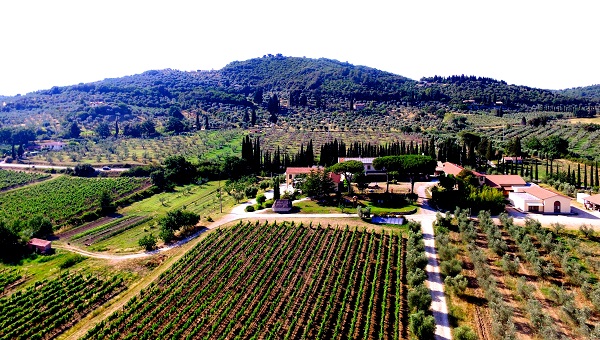
The Miyakawas bought Bulichella (above), in the north of Maremma, in 1983 with three other families, so they could “quit city life” and embrace a slower, simpler, and more environmentally friendly lifestyle. In 1992, Hydeyuki and Maria Luisa decided to move permanently from Turin to Bulichella, and in 1999 they took over the other partners’ shares, becoming sole owners of the 42ha estate, with its 14ha of vines and 10ha of olive trees. They planted new vines, built a new cellar, and opened the beautiful site for agritourism. Maria Luisa died four years later.
She is remembered on the label of Rubino (below), Bulichella’s entry-level red. On the label, Maria Luisa and Hideyuki – and their seven children (three adopted from India, Korea and Italy) – take the form of Tuscany’s symbolic creature: the wild boar. The gates of the estate are open, ready to welcome guests. On either side of the gates are the vineyards that have been organic since the 1990s.

Hydeyuki’s daughter, Maria Shizuko Miyakawa, comments: “My father loves Italy a lot and he’s thankful for what he’s getting and receiving, so when he found Bulichella, he wanted to give something back. A good way was to produce a good wine to bring the Italian taste, the Tuscan taste – the Bulichella taste – to the world. This is, still today, his dream.”
Rubino is the wine produced from the very beginning, a classic Tuscan blend of 50% Sangiovese, 25% Merlot and 25% Cabernet (Franc and Sauvignon).
The handpicked grapes, after a short pre-fermentation cold soak, are fermented at 24-25°C. Most of the wine (80%) matures in steel, while 20% spends six months in third- and fourth-use French barriques and tonneaux.
Winemaker Rachele Micheli describes it as a “very important” wine “because it’s a sort of business card. We want people to understand the philosophy of production of the Bulichella estate”.
Production is about 25,000 bottles per year.

In a corner of the province of Livorno, 2km from the medieval walled town of Suvereto, Bulichella’s vineyards are well suited to growing the Bordeaux varieties Cabernet Sauvignon and Merlot, and the indigenous Sangiovese. These are the grapes and varietals recognised by the small Suvereto DOCG appellation, which was set up in 2011 with Hideyuki, former president of the Val di Cornia DOC consortium, playing an important role.
It’s a beautiful part of the world. It’s where Bulichella’s winemaker was born and raised. Rachele says it has a “special richness”, adding: “It’s a real jewel in terms of winemaking and gastronomy.”

The estate’s flagship wine since the 2000s is the ‘left-bank’ blend Coldipietrerosse. The Cabernet Sauvignon comes from a single vineyard, Montepeloso, on the slopes of a steep hill facing the sea. The name refers to the red colour of the earth and the stony soil type (Col – hill, Pietre – stones, Rosse – red).
The label depicts Hydeyuki reading one of his favourite novels, The Count of Monte Cristo, in the shade of an old pine tree against a backdrop of Suvereto and the island of Montecristo.
The 2018 I’m tasting with Rachele and Maria Shizuko is a blend of Cabernet Sauvignon (75%), Merlot (20%) and Petit Verdot (5%) fermented in stainless-steel tanks at a controlled temperature of 24-28°C. Maceration lasts between 18 and 24 days, while maturation is 18-24 months in French oak (with the Cabernet going into tonneaux and the Merlot and Petit Verdot going into barriques, of which 70% are new and 30% are second-use). The wine matures in bottle for a further 12 months before release.
Since 2019 Rachele, the family and consulting winemaker Luca D’Attoma have been working towards making this a Cabernet Sauvignon varietal. That was the original intention, but they added Merlot and Petit Verdot for “elegance and freshness”. Recent vintages, however, have been 90% Cabernet Sauvignon “to reach another level”.
Rachele explains: “The new idea is to come back to a full Cabernet Sauvignon because we have a very special vineyard of Cabernet Sauvignon – Montepeloso – and we want to identify this wine as the real expression of that vineyard.”
Production is about 6,000 bottles.

This will leave Montecristo as their “real” Bordeaux blend. It features grapes from their best Merlot vineyard, Schiena d’Asino, and Cabernet Sauvignon from Montepeloso.
The Montecristo 2018 in my glass is a blend of 70% Merlot, 20% Cabernet Sauvignon and 10% Petit Verdot. Since 2019 they have been adding a little Grenache “to reach the best expression”.
The hand-harvested grapes are fermented in stainless-steel tanks (above) at 25°C. The total maceration time was 25 days. Maturation was 22 months in all-new French oak barriques, with the blend put together after one year.
The wine spent at least six months in bottle before release.
Production was 6,000 bottles.

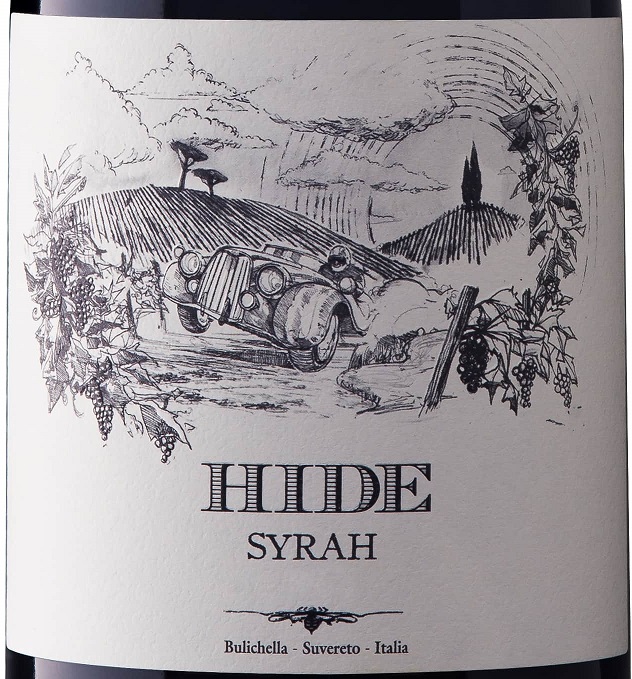
One of my favourite wines from Bulichella is the small-production Syrah varietal, Hide (above), which is named after Hideyuki and features him on the label dashing through the vineyards in his beloved Jaguar Mk IV.
Handpicked bunches from the Vigna Lunga vineyard are put into open barriques for spontaneous fermentation (below). After a maceration period of about 25 days, the wine is aged for 18 to 24 months in a mix of new oak barriques (70%) and tonneaux (30%), and for a further 12 months in bottle.
Production is about 1,500 bottles.

Bulichella also produces a Syrah rosé called Sole Sera, and a Merlot varietal called Maria Shizuko (below). Like the other reds, it rests in a lot of expensive new wood – which may be against the grain, but it should facilitate further ageing and development.


 English
English French
French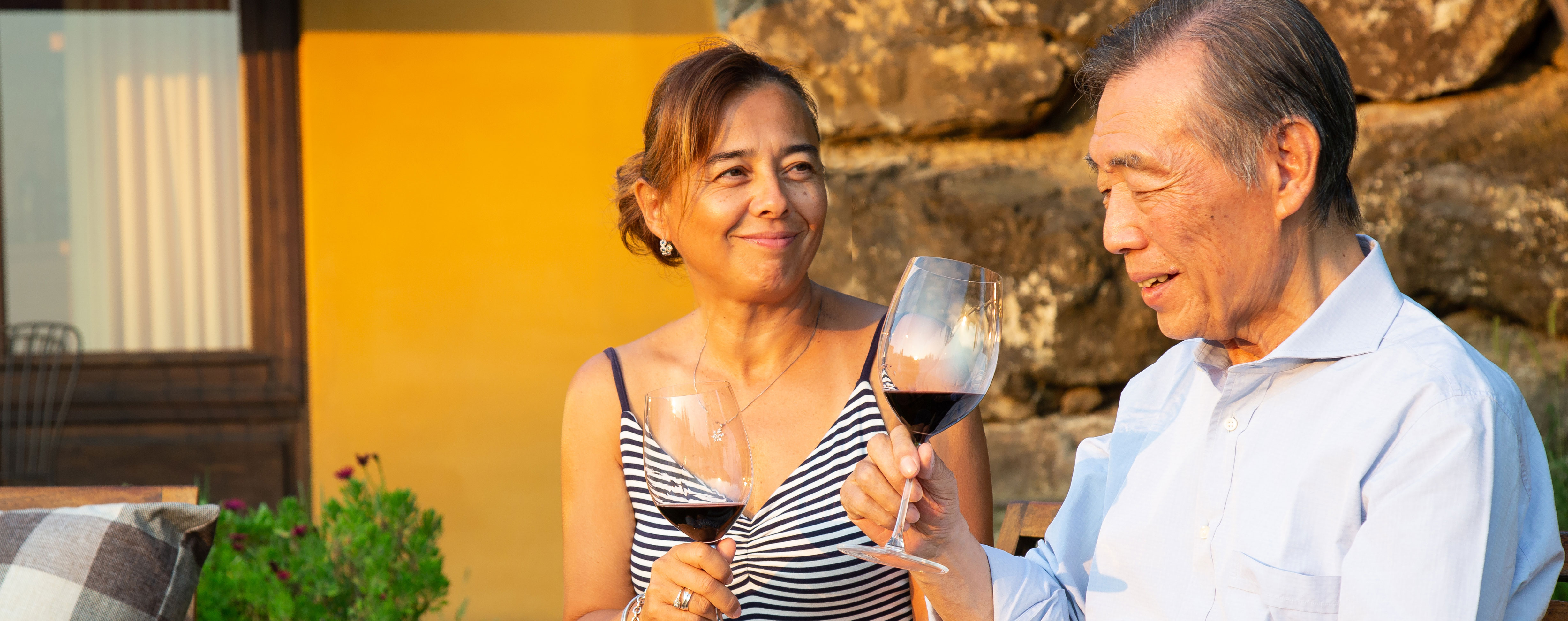



.png)
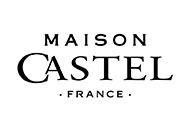
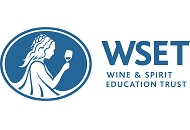
.png)



